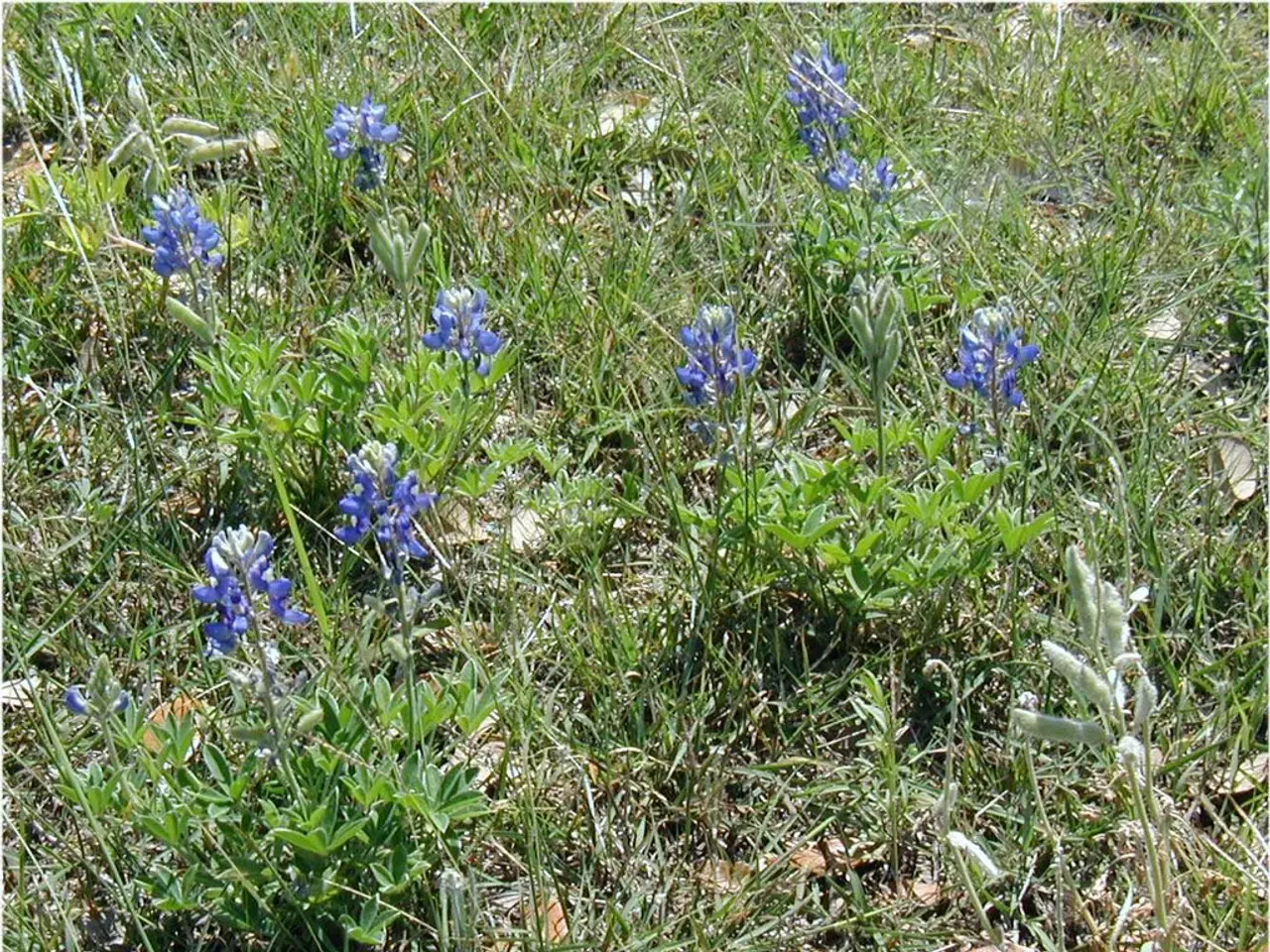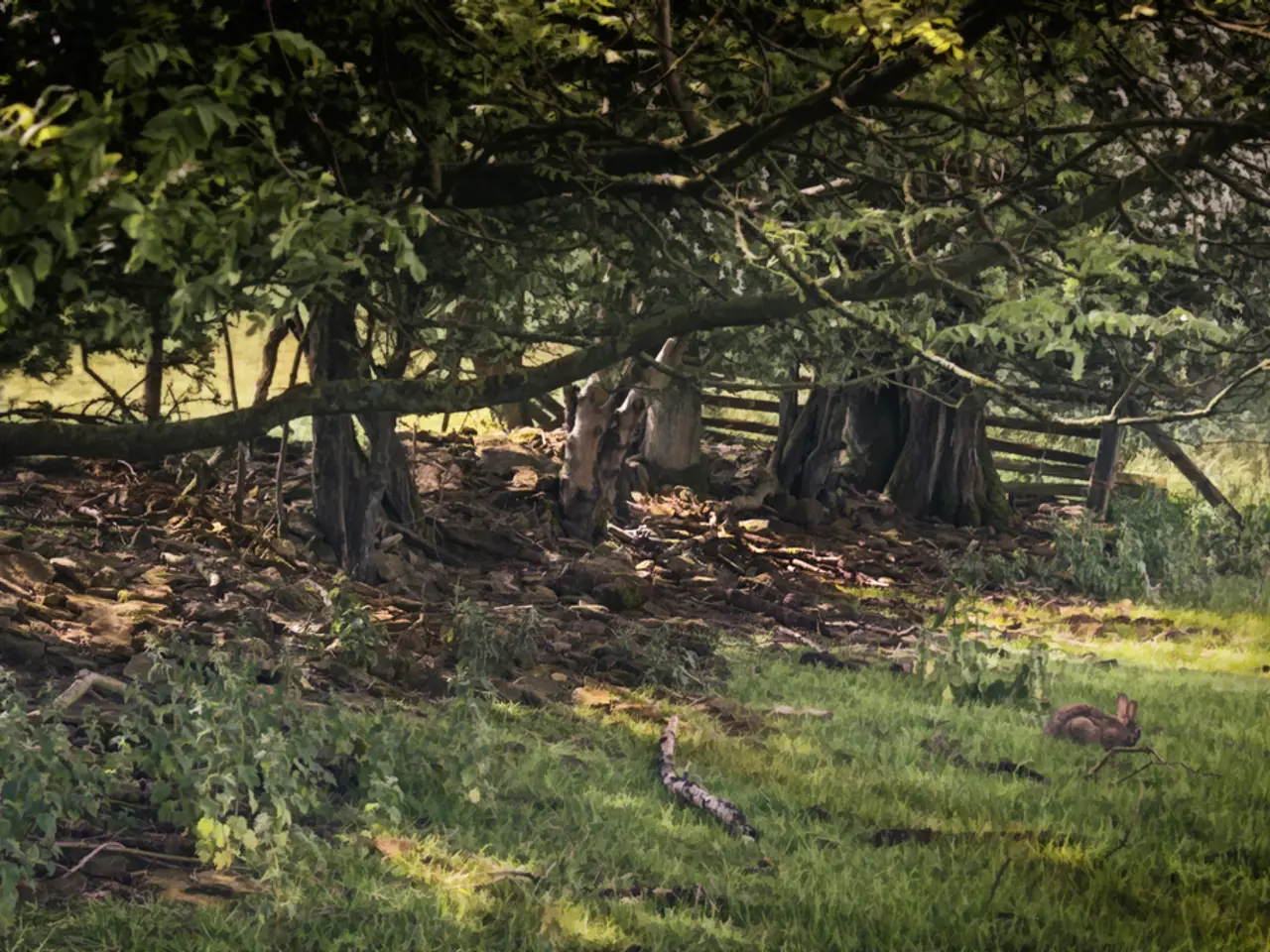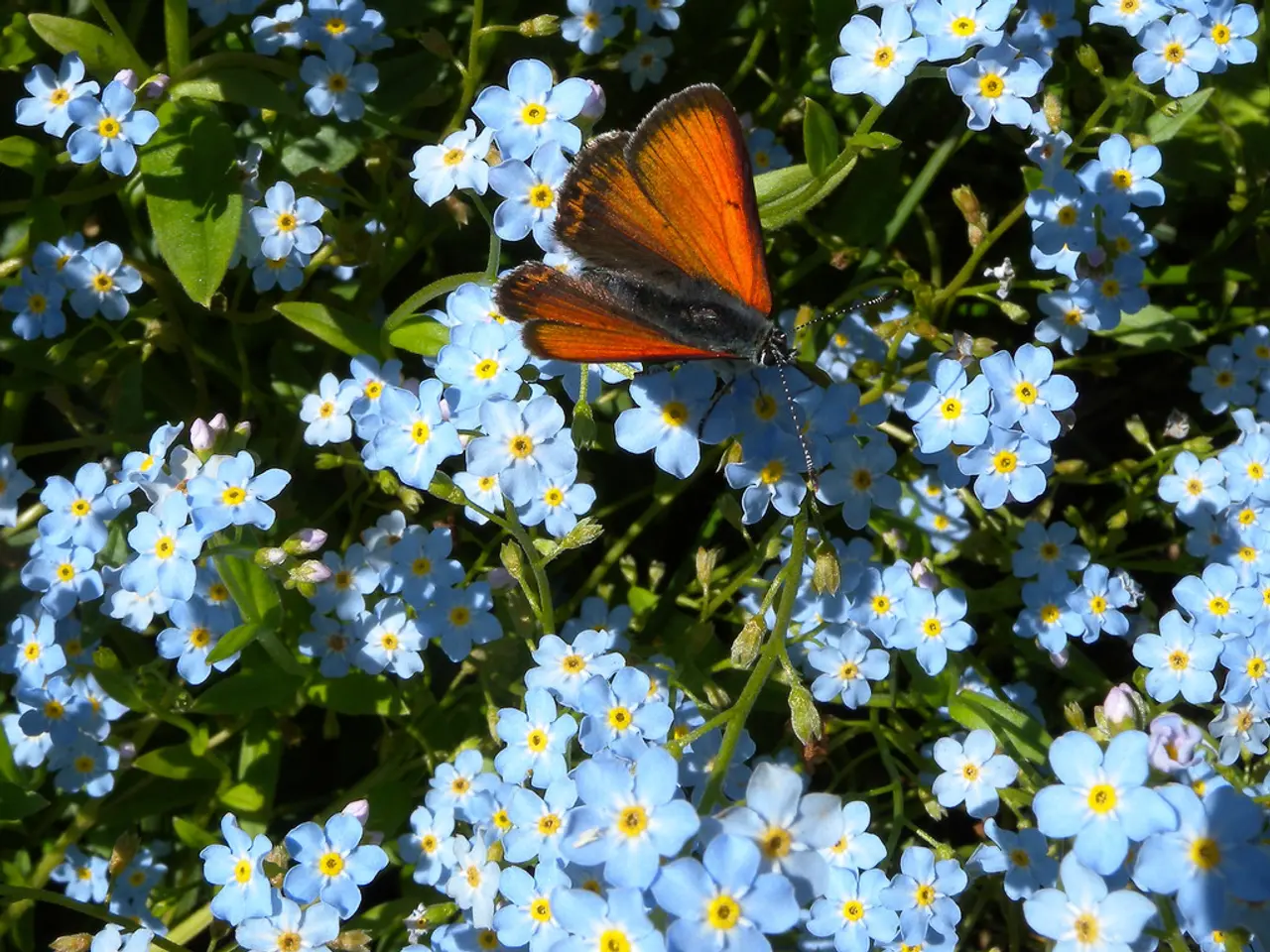Erroneous Weeding Practices: A Guide to Avoiding Twelve Common Blunders
Garden weeding doesn't have to break your back and, sadly, many of us make common mistakes that make the problem worse. By identifying and fixing these pitfalls, you can maintain a healthier garden, save time, and keep those pesky invaders at bay.
1. Yanking Weeds From Dry Soil
Trying to pull weeds from dry soil is a hassle. It causes roots to break off instead of being pulled out completely, leaving fragments behind that quickly regrow into new weeds. Weed when the soil is moist but not muddy; watering loosens roots for easier removal. For stubborn weeds, try soaking the area a few hours beforehand.
The Timing of Weed Removal
Early morning or evening sessions offer comfort and optimal conditions for complete weed extraction. Pulling in the morning lets pulled weeds dry out in the sun, making it harder for them to re-root. Also, attack weeds early in the growing season before they develop deep root systems, and always prevent them from going to seed.
2. Using the Wrong Tools
Your all-purpose garden tool isn't always the best against weeds. Different weeds require different tools; using the wrong one can make your job harder. Invest in specialized tools for your garden's specific needs. For example, a dandelion digger with a forked end helps with tap-rooted weeds, while hoes work well for slicing through weed seedlings in vegetable gardens.
Tools to Make Weeding Easier
The right tools can transform weeding from a chore to a manageable task. Look for ergonomic handles to reduce wrist strain, kneeling pads or garden seats to protect knees and back, and stand-up weeders for large areas. Keep your tools clean and sharp.
3. Leaving Roots Behind
Many perennial weeds can grow back from even tiny root fragments left in the soil. Dig deep enough to extract the entire root system, especially for persistent weeds like dandelions and thistles. Learn to identify these tough customers early, and tackle them when their root systems are less developed.
4. Poor Disposal of Weeds
Tossing pulled weeds into a pile near your garden bed is asking for trouble. Many weeds can re-root and mature/release seeds even after being pulled. Create a dedicated system for disposal: compost annual weeds without seeds; bag and send perennial weeds to municipal composting facilities where higher temperatures kill seeds and roots; never compost aggressive weeds like bindweed or quackgrass at home.
5. Neglecting Mulch Application
Bare soil is an open invitation for weeds to take root. Mulch blocks light and creates a barrier many weed seeds can't penetrate. Apply mulch in a layer 2-3 inches thick for effective weed suppression. Choose the right mulch for your garden: coarse wood chips for ornamental beds, straw for vegetable gardens, landscape fabric or cardboard under organic mulch for problematic areas.
6. Weeding at the Wrong Growth Stage
Pulling mature weeds before they flower is a losing battle. Target young weeds before they flower to make complete removal more likely. Regularly inspect your garden to catch weeds early.
7. Disturbing Soil Unnecessarily
Excessive soil disturbance brings dormant weed seeds to the surface, making them more likely to germinate. Practice minimal soil disturbance; use methods like sheet mulching or no-dig gardening instead of tilling.
8. Ignoring Pathways and Borders
Often neglected, weeds in these areas are staging grounds for invasions into your garden. Extend your weed management strategy to pathways, borders, and edges. Use landscape fabric topped with mulch or gravel for pathways; provide regular edging for lawn grasses in garden beds.
9. Relying Too Much on Herbicides
Herbicides can be an efficient solution, but overreliance leads to problems. Many weeds develop resistance to frequently used herbicides, making them harder to control over time. Choose the least toxic option when you must use herbicides, and consider natural alternatives like vinegar-based weed killers, corn gluten meal, and boiling water.
10. Not Identifying Weeds Correctly
Treating all weeds the same way leads to ineffective control. Research the most effective methods for the specific weeds in your garden. Some plants traditionally considered weeds might actually be beneficial natives or self-seeded flowers.
Ultimately, a healthier garden results from a combination of prevention, mechanical removal, and natural herbicides. Observe patterns in your garden, be persistent, and reap the rewards of a beautiful, weed-free space.
Incorporating composting into your home-and-garden lifestyle can help manage weed disposal effectively. Proper disposal involves composting annual weeds without seeds, while sending perennial weeds to municipal composting facilities with higher temperatures to kill seeds and roots (avoid composting aggressive weeds like bindweed or quackgrass at home).
Gardening tools play a significant role in efficient weed removal. Consult the specific needs of your garden and invest in specialized tools such as dandelion diggers and hoes for optimal weed control (the right tools can transform weeding from a chore to a manageable task).




